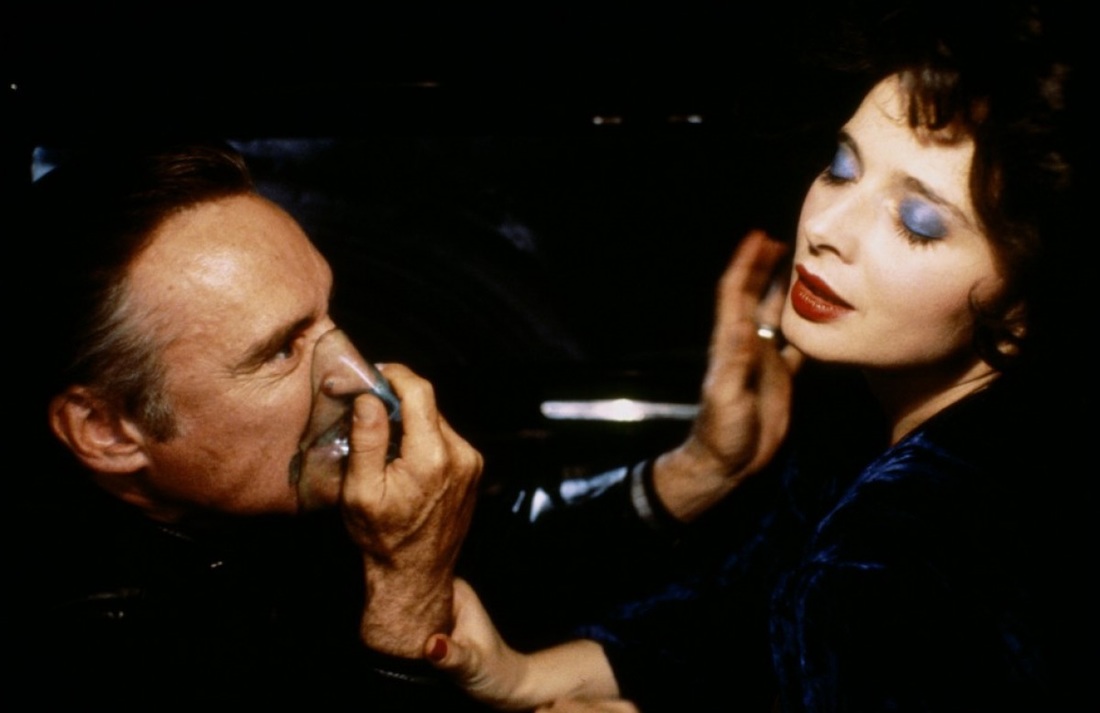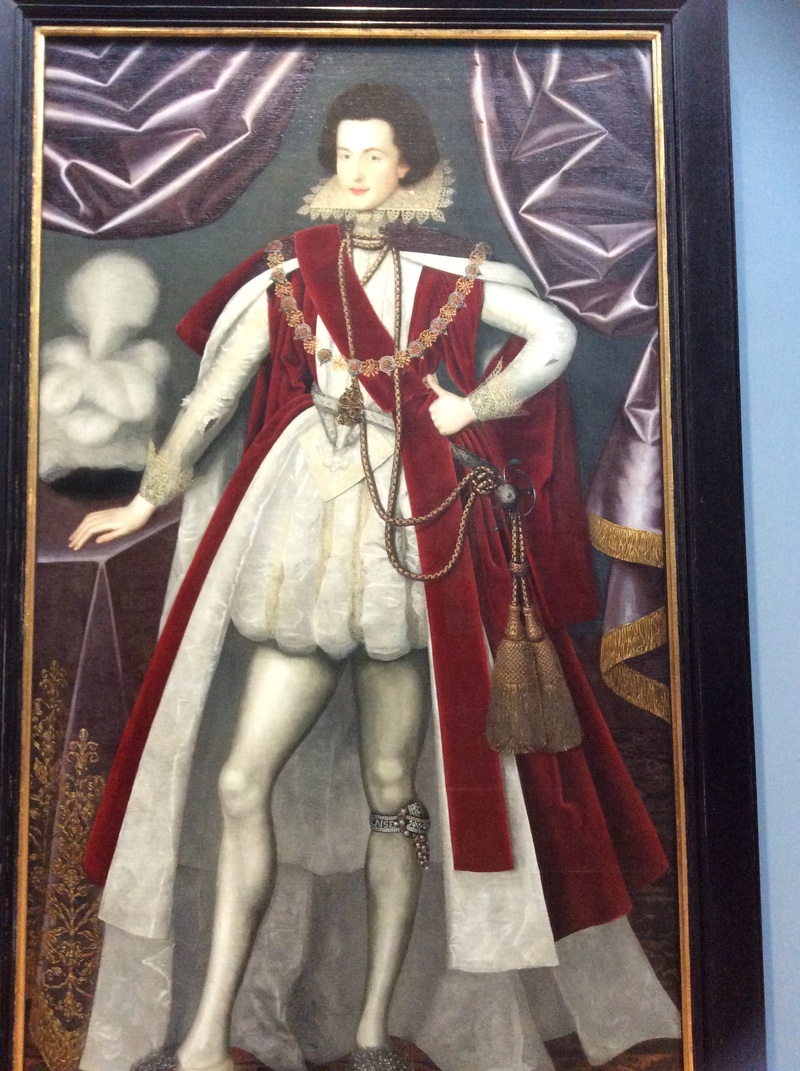“The main thing I set out to do is tell the point of view of the antagonist as much as the good guy. And that’s the big difference between the way I write and the way most mysteries are written.” - Elmore Leonard This week we were at the National Portrait Gallery. We were asked to walk around the gallery and find a portrait that spoke to us. I chose this guy: George Villiers, courtier to James I. The first exercise was to write a stream of consciousness/monologue from the character's perspective, laying bare all their internal pain and longing.
The Unending Pain of George Villiers Honour'd, love'd, long'd for. O! What merry dance doth a courtier pirouette across this high polish'd stage? George Villiers, take heart, thou hath the longing even of the beauteous Nell De Beauvoir, for whom men should cast asunder their dear ailing grandmother and stomp her wrech'd remains but for one fleeting glimpse of that fine lady's fair ankle. And Nell doth love thee, George! Thou undeserving beast. For thou knowest that to take her as wife should only lead to her misery in a cold bedchamber, unburdened as she should be by thine amorous intent. Hark, ye Gods, for I shall make it plain. I love only one, and that one is my sweet lord and master, James I, King of these fair Isles. O! That I could weep mine pearl-white tears upon his princely lap, and tell him again and again, "My liege, I do love thee." But no. That should be a grave error. For I am kept in such manner to which I have become accustomed here, the wine, the lodgings, the finest, most revealing silk britches, all because none knowest of mine darker feelings for the King. And nay, none shall ever guess, (no matter how obvious mother thinks it) for I am a perfect image of butch masculinity in the eyes of the court. O! But how I long to tell the King of my deepest longing. How I dream of creeping in't his bedchamber in darkest night to do unspeakable, transcendent things to his holy sceptre. What is to say that he doth not feel the like for me? I am considered his favourite... But no. I must to chapel to pray for release from these terrible thoughts. Or if not that, that some fine day we shall be joined in love at the gates of heaven, to be together in the ever after, forever more. The next part of the exercise was to write another stream of consciousness against someone who has wronged your character, using the Stanislavski method of channeling personal experience into the writing and identifying personally with the pain of your protagonist. The final part was to imagine that the protagonist is actually the antagonist.... in your film. Unfortunately George could not be further from the antagonist in my film, but it's definitely a useful exercise. How many antagonists actually succeed in being rounded, believable characters? How much more satisfying is the story when the protagonist meets their match? Take Hans Gruber in DIE HARD. He is smart, funny, controlled and cunning enough to take John down. This makes John's journey all the more compelling because Gruber is just as intelligent and resourceful as he is. And he has real personality - we like spending time with him.
1 Comment
15/1/2019 10:37:20 pm
Once you chose to be a film maker, that means you are choosing a very stressful life too that has either something to do with your personal life or not. As a film maker, you need to be sure of every element you put in your project. It's quite hard to coin all the ideas you have in your mind, because you need to make the concept as solid as possible. At the same time, you need to be open that not all people will like and understand your work. Critics will always be everywhere, so might as well deal with them the right way!
Reply
Leave a Reply. |
STORYTELLING FOR THE SCREENA blog about The Screen Arts Institute's 'Storytelling for the Screen' course, taught by Stephen May and supported by the BFI. Archives
December 2016
Categories |
|
© 2024 Ruth Sewell. All Rights Reserved.
|


 RSS Feed
RSS Feed